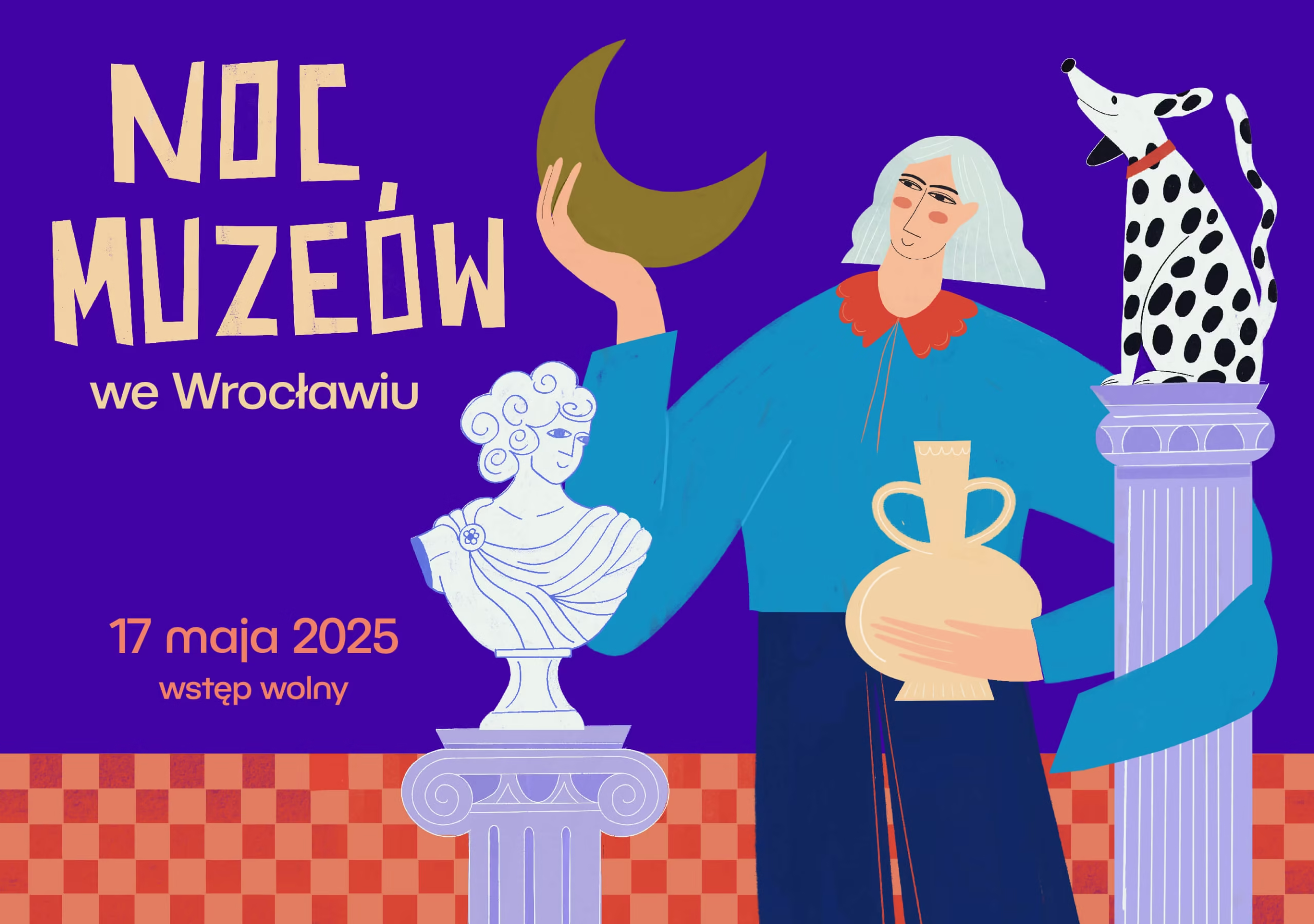Atlas of Tangled Tales
The exhibition Atlas of Tangled Tales, presented within the WroPRIDE Wrocław Pride Festival 2025, brings together time-spanning and border-crossing threads of queer historiography in one space. Artists Irène Mélix and Liliana Zeic shed light on public and private archives as they seek to retell the stories of those who were oppressed. They interweave narratives relating to the shared history of the Polish-German borderlands, as well as the cities of Dresden and Wrocław.
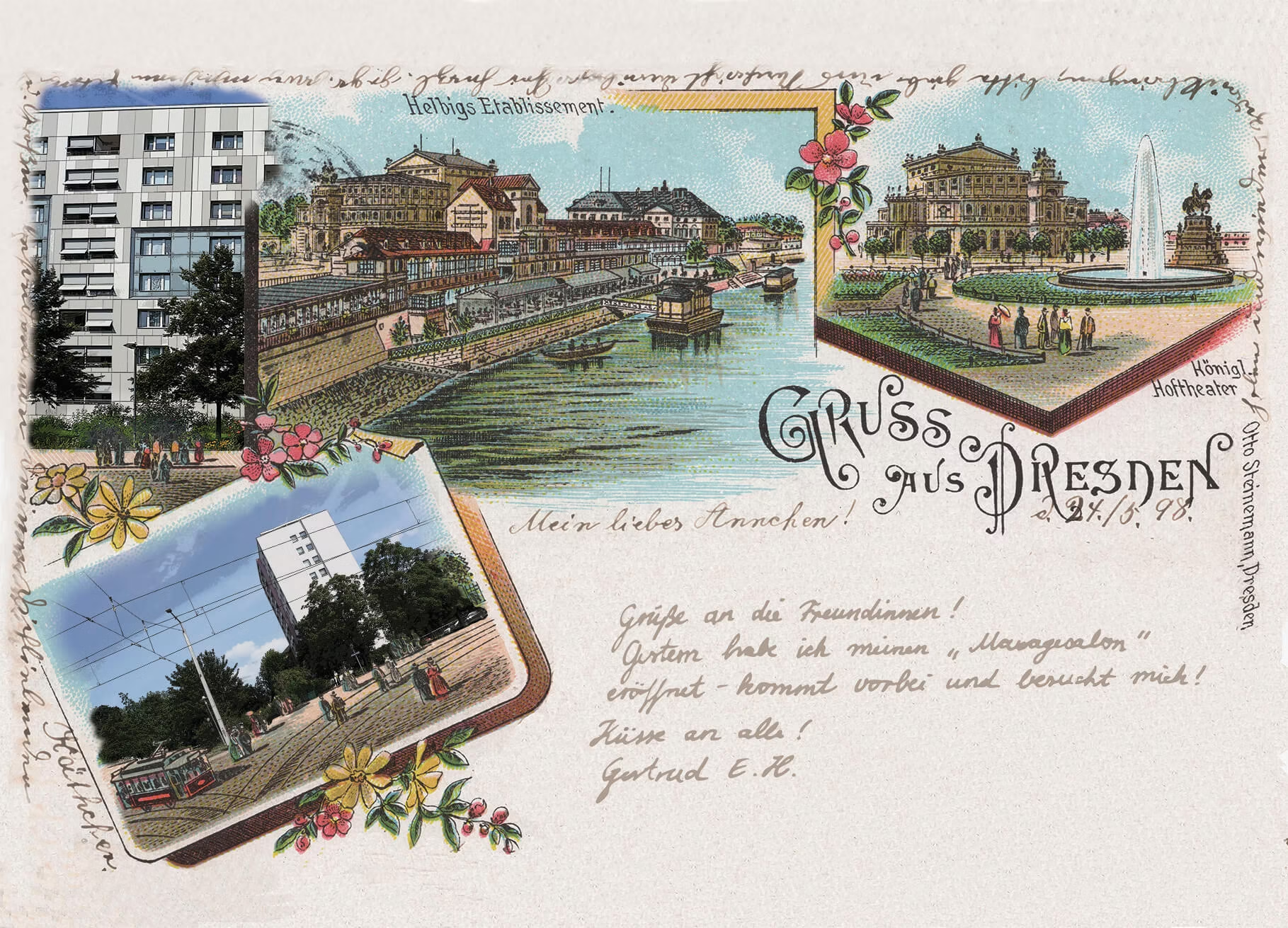
A Journey through Time and Between Cities
The year is 1919. A period of social and economic crisis, of hyperinflation and destitution, it is simultaneously a golden age of liberation movements within queer communities. In Berlin, Magnus Hirschfeld establishes the Institute for Sexual Science (German: Institut für Sexualwissenschaft), offering consultation on contraception, treatment of venereal diseases, and support for homosexual and transgender individuals. Clubs and meeting places for non-heteronormative people are formed.
Shift ahead to 1930 and the city of Dresden. Magnus Hirschfeld and Kurt Warnekros perform four gender reassignment surgeries. On the operating table lies Lili Elbe, said to have taken the pseudonym from the River Elbe, visible from the clinic windows as it flows through Dresden. Complications arise after the last of a series of surgeries, resulting in the death of Lili Elbe.
Paula and Helene
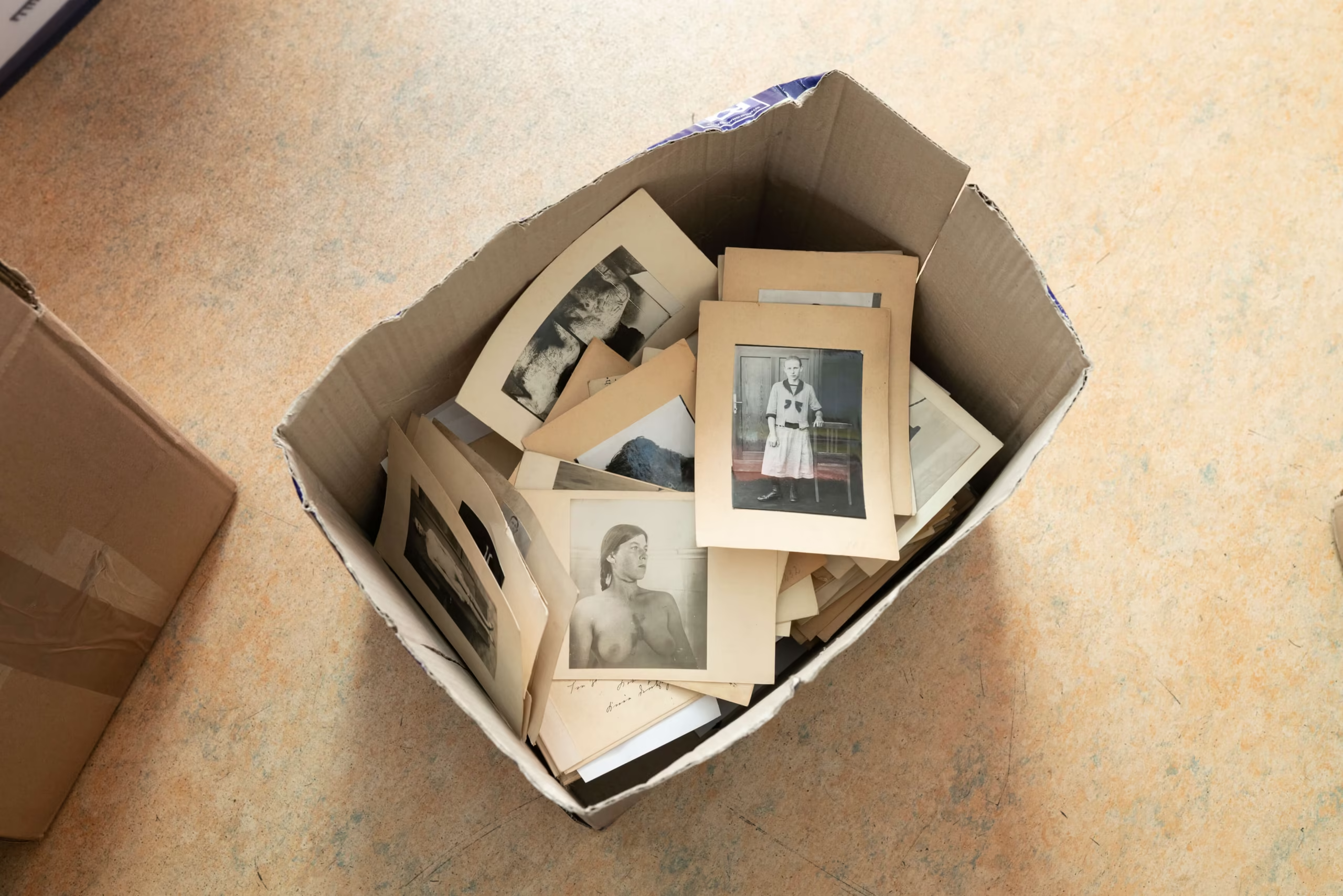

We are in prewar German Breslau (Wrocław). Specifically, at the Institute for Forensic Medicine and Scientific Criminology (German: Institut für Gerichtliche Medizin und Naturwissenschaftliche Kriminalistik). We have come with a specific interest in Box No. 11, which contains slides used as teaching materials for the institute’s students, purportedly pertaining to examples of sexual dimorphism disorders. (After the war will it be given a description, in Polish: “Women and Androgyny.”) The file cards are reflective of the era’s prerogatives. We uncover photographs of Paula and Helene, posed both clothed and naked. Descriptions are clipped, terse.
Paula entered the institute because she wanted to be a woman. This is the outline with which, nearly a century later, artist Liliana Zeic set to work.
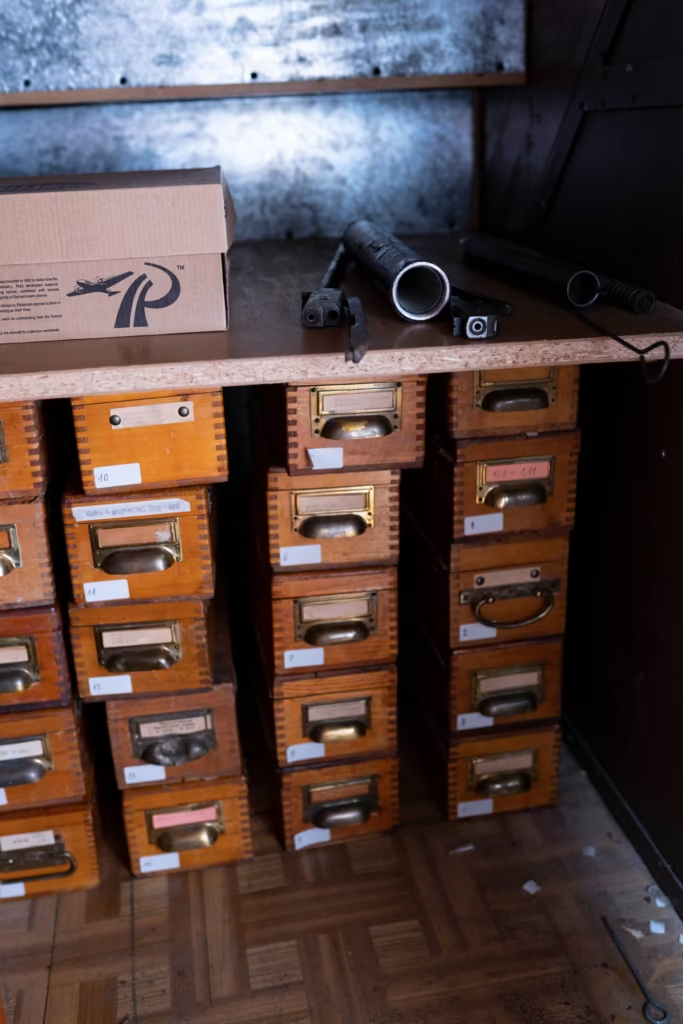
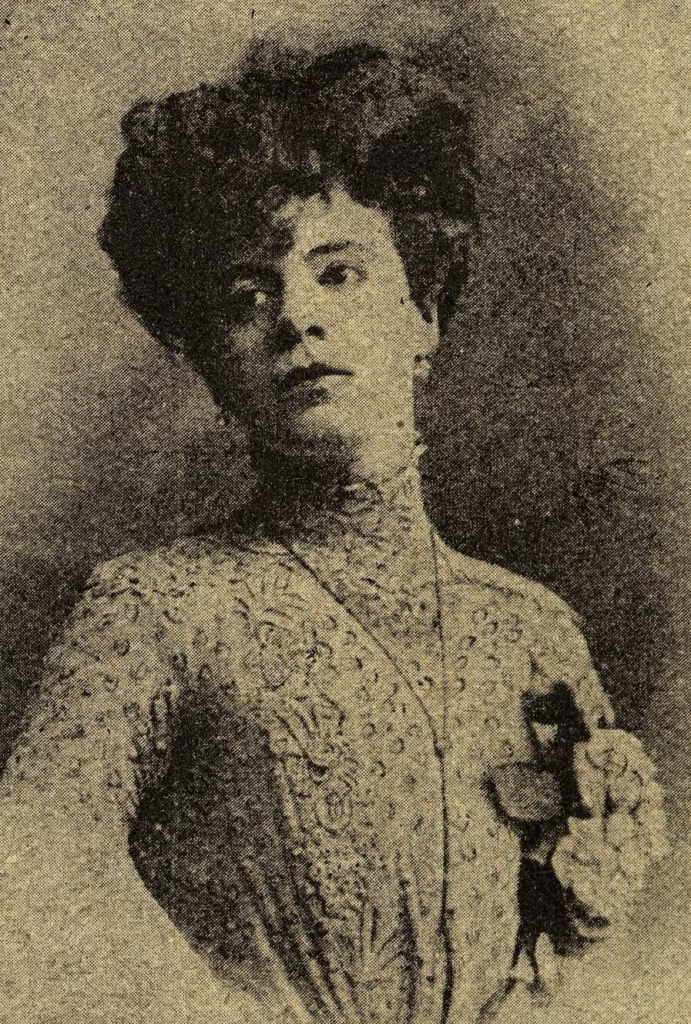
Gertrud E. H. R.
By the year 1930, the Weimar Republic was on the wane. The social atmosphere had shifted from radical to repressive. Irène Mélix’s installation for the exhibition at Studio BWA Wrocław draws upon files found in the Dresden city archives, brought into the light of a new era. The case concerns one Gertrud, who described themself as a lesbian and ran a massage studio which incorporated BDSM practices. The installation includes a visual essay in the form of a film envisioning Gertrud’s life, as well as a portrait of the protagonist, painted by Irène Mélix using as reference Gertrud’s mugshot from the time of her arrest. The shadows cast by BDSM equipment, matching the list assembled by police in their case file, become an element of the installation.
Atlas of Tangled Tales
Irène Mélix and Liliana Zeic’s exhibition Atlas of Tangled Tales, presented within the Queer Studio, draws upon seven visual works sourced from archives both public and private. The artists seek out queer feminist histories, the stories of lesbian, nonbinary, and transgender people. Liliana Zeic explores the possibility of retelling the biographies of queer individuals previously framed by documentary material contained within archives of oppression. Irène Mélix, digging through Dresden-based collections, wonders at the fate of those making up the city’s queer community during the twentieth century. With this shared perspective, the artists examine time-spanning and border-crossing Polish-German threads in queer historiography, articulating new connections between events, places, and moments in time. Employing techniques such as collage, painting, video essays, portraiture, intarsia, and audio material, the artists develop an extraordinary constellation encompassing the afterimages and shadows of concealment and exclusion, as well as the sparks and rays of sunshine emanating from love letters. The exhibition reveals for us the full spectrum of colors, range of emotions and impressions, and diversity of queer lives.
The curator of the exhibition is Joanna Synowiec. Exhibition design is by Iwona Ogrodzka.
Queer Studio is a place where you can feel at home and be yourself! Each year, Studio BWA Wrocław, in cooperation with Stowarzyszenie Kultura Równości, opens its space to the LGBTQ+ community. This began with WroPRIDE Wrocław Pride Festival 2023, and we proudly carry on the tradition.
- Artists: Irène Mélix, Liliana Zeic
- Exhibition curator: Joanna Synowiec
- Gallery curator: Joanna Stembalska
- Visual identification: Anna Wacławek
- Exhibition design: Iwona Ogrodzka
- Production: Natalia Budzińska, Monika Muszyńska
- Promotion: Żaneta Wańczyk
- Accessibility: Magdalena Weber
- Assembly: Jakub Jakubowicz, Tomasz Koczoń, Marcin Pecyna
- Audience engagement: Daria Chraścina
- Editorial oversight and translation: Joanna Osiewicz-Lorenzutti and the strona 895 | page 895 team
- BWA Wrocław program: Katarzyna Roj
- Exhibition partnerships: Stowarzyszenie Kultura Równości, Museum of Forensic Medicine at Wroclaw Medical University, QueerMuzeum Warsaw
- Media matronage: Replika Magazine
